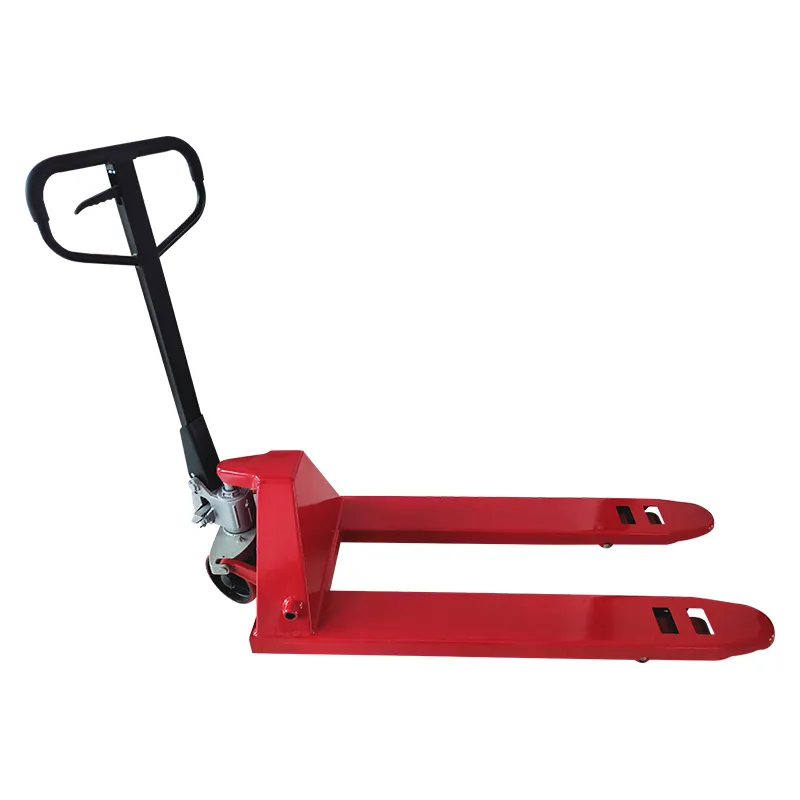


Lever Chain Block The Mechanism of Mechanical Advantage
In various industries and applications, the lever chain block is an essential tool that epitomizes the principles of mechanical advantage. Its primary function is to lift heavy loads with minimal effort, making it a staple in construction sites, warehouses, and factories. Understanding how a lever chain block operates can enhance productivity and ensure safety during lifting operations.
At its core, a lever chain block utilizes the principle of leverage, which is derived from Archimedes' famous assertion that with a long enough lever, one can lift any weight. A lever chain block comprises several key components, including a lever arm, a chain, a hook, and a ratchet mechanism. When combined, these elements work synergistically to facilitate heavy lifting tasks.
The lever arm, often made of durable steel, is rigid and designed to withstand significant stress. It is anchored at a pivot point, allowing it to move up and down. When force is applied to the lever arm, it elevates one end while minimizing the effort required to raise a load at the other end. The ratio between the lengths of the lever arm and the distance through which the load is lifted is what determines the mechanical advantage.
The chain is another vital component of the lever chain block. It connects the lever arm to the load, allowing for a seamless transfer of force. As the lever is pulled down, the chain engages with the ratchet mechanism, which locks the chain in place once the load is elevated. This locking feature provides security, ensuring that the load remains suspended until the operator is ready to lower it.

The ratchet mechanism is a critical safety feature of the lever chain block. It consists of a series of teeth and a pawl that engages with the teeth to prevent backward movement. This design is especially important in preventing accidents during loading and unloading, as it ensures that even if the operator inadvertently releases the lever, the load will not fall.
When using a lever chain block, it's essential to follow safety protocols. Operators should be familiar with the load capacity of the equipment and ensure that they are not exceeding this limit. Regular maintenance checks should also be conducted to inspect for any wear and tear, as well as ensuring that the chains and ratchets are functioning properly. Proper training is crucial, as improper use can lead to accidents and injuries.
The versatility of lever chain blocks makes them suitable for various tasks, from lifting construction materials to hoisting equipment in industrial settings. Their efficiency significantly reduces the physical strain on workers, allowing them to complete tasks more quickly and effectively. Furthermore, because they can be operated manually or with a powered mechanism, their adaptability makes them a favored option in many scenarios.
In conclusion, the lever chain block is a remarkable tool that exemplifies the principles of mechanical advantage, enabling safe and efficient lifting of heavy loads. By understanding its components and operating principles, users can maximize its potential and enhance safety in the workplace. As technology advances, future innovations may further improve the design and functionality of lever chain blocks, but the fundamental principles of leverage will remain central to their operation. Whether in construction, manufacturing, or another industry, leveraging this remarkable tool can lead to enhanced productivity and improved operational safety.



